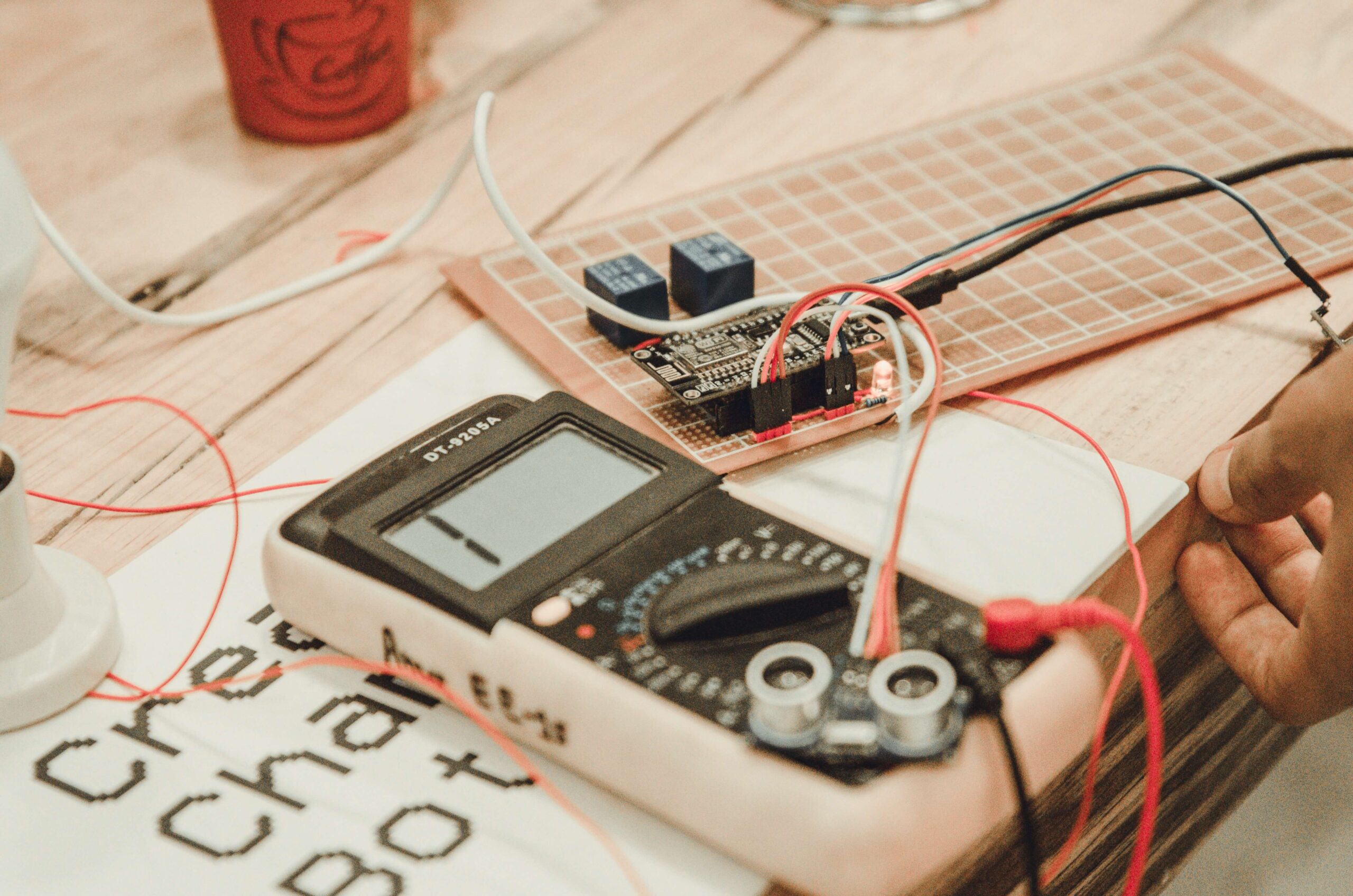- Case studies
Power Quality Impacts On Energy Efficiency
Learn how to overcome common issues and the various elements to consider.

In this article we dive into how power quality affects your energy efficiency, utility bills and productivity.
What is Power Quality?
Power quality is the consistency and stability of a power supply. It’s a term used in the electrical industry to describe the voltage, frequency, and waveform of an electric current. Power quality is essential for many devices to function properly.
Power Quality comprises a few elements, leaving organisations to consider the following in particular:
1. Voltage Levels
You don’t want these too high or too low. Anything outside the +6 / -10% band is not good.
2. Power Factor
The higher the power factor, the more efficient your system will be at delivering electricity to its destination.
Low power factor errors can result in more current being used than necessary. A poor power factor can cause equipment damage and high energy costs due to inefficient delivery of electrical energy.
A tolerable Power Factor is between 0.85 & 1.
3. Harmonic distortions
Frequency shifts at multiples 50hz can cause distortions to energy efficiency and power quality.
So what should you aim for?
In general, the baseline to aim for is 50Hertz, 230/240Volts AC (230V for single phase and 400V for a 3 phase system) and a power factor of 1.
Anything outside of these metrics can be considered a material deviation from clean energy. Of course, there is some tolerance within the numbers but the further from the baseline your numbers are the more correction is necessary.
Of course, some things are out of your control – factors like voltage spikes, brownouts and sags that occur during peak use times when demand for electricity exceeds supply.
Why You Should Care About Power Quality
The power quality in your facility is highly important as it has a direct effect on the efficiency of your productivity, output, asset lifecycle, and overall energy consumption.
These all have an impact on your bottom line.
Furthermore, you can even be proactively charged by your energy provider if your power factor is lower than 0.85.
Power quality problems can be caused by the below and more:
- Poor maintenance at the substation or poor transmission level.
- Poor maintenance (or no maintenance) performed on-site leading to exacerbated issues.
- Faulty equipment that generates harmonics, voltage dips and surges (particularly within electric motors, transformers, UPS systems, signal processors)
- Bad connection between two pieces of equipment or components – poor soldering or crimped connections, for instance.
How Is Energy Efficiency Affected By Power Quality?
The most common effect of poor power quality is extra heat within your equipment – which means wasted energy. Not to mention the extra energy required to cool your equipment down. This double up of energy consumption is inherently inefficient.
Even worse, when it comes to production equipment, inefficient machines means lower productivity. That mean energy, labour and time costs that aren’t paid back.
Issues like these stack up when left untreated and lead to significant, avoidable increases to your utility bills.
How to Fix Power Quality issues?
There is, of course, more than one way to bake a cake and fixes will be issue dependent. However for the common issues mentioned above there are a few things you can do.
The good news is that focus on Power Factor correction is relatively low-hanging fruit when it comes to combating poor power quality. This will help keep you within tolerances and achieve fast ROI on improvements.
When it comes to higher/lower voltages than expected, this may require more detailed investigation. You can conduct this yourself, but we’d highly recommend finding an energy specialist with experience in power quality fixes. They are likely to complete root cause analysis a lot faster and accurately. Plus if needed they’ll have the skills to fixing settings on Solar PV inverters or liaise with energy suppliers to change tapping’s on their transformer.
Harmonic issues are highly variable – with ‘gremlins’ in equipment often appearing at random and in different forms. For smaller systems a filter will usually help to mitigate harmonic distortions. Larger equipment generally requires some dynamic, ad-hoc correction system. This is once again where an experienced engineer can help; conducting an energy audit, developing a situation-specific solution and helping to monitor the results.
Want to learn more about improving your energy efficiency? Sign up to our newsletter to keep up-to-date with our helpful resources!




 Brisbane, AU
Brisbane, AU (07) 2111 8669
(07) 2111 8669